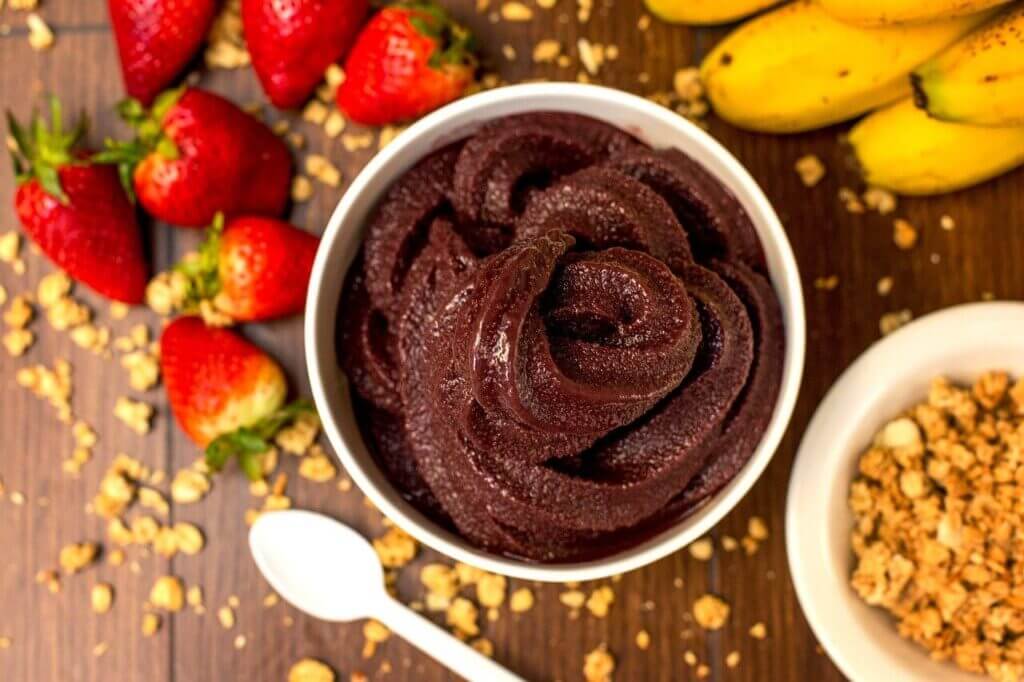We’ve been serving the best authentic Brazilian and Portuguese cuisine in the heart of New York City for nearly two decades.
Ipanema has a lovely, laid-back vibe, and you may experience some of the most popular Luso-Brazilian meals, drinks, and desserts.
You can visit us before or after seeing your favorite Broadway musical because we’re conveniently located on “Little Brazil” street, just a few blocks from the Theater District.
We cater to a wide range of customers, from tourists to local entrepreneurs who come to experience our exquisite cuisine.
Want to learn more about Brazilian Food? Read Below Article
5 Popular Dishes in Brazilian Cuisine

Brazilians generally eat one main meal per day, called almoco, from around 11 am to 2 pm. While traditional Brazilians usually eat at home, today most people choose to dine in restaurants. Almoco is typically comprised of rice, beans, and a protein, usually chicken or red meat. Rice is also commonly accompanied by other foods, such as corn, potatoes, and polenta.
Picanha
Picanha, or grilled fish, is one of the most popular cuts of meat in Brazilian cuisine. Sliced into three or four pieces, it is folded into a crescent shape and skewered with a long metal skewer. Cooked over a churrasqueira or charcoal cooker, it takes 15 to 20 minutes to cook. It is turned on its side two or three times while cooking to ensure even cooking. The meat is then carved and served.
Escondidinho
In Brazilian cuisine, Escondidinho de Frango is a dish that has many variations. It is a traditional dish with mashed yucca and meat. Today, a variety of proteins is used in escondidinho. As with shepherd’s pie, escondidinho is often topped with mashed cassava. Here are some tips for preparing this traditional Brazilian dish. The first step is to cook the bacon. Cooking bacon in a pan on medium heat will result in a crispy and salty product. Once cooled, the bacon should be removed. The next step is to cook the onions and garlic in the bacon fat.
Feijoada
The word ‘feijoada’ means ‘beans with meat’ in Portuguese. This stew is popular throughout the Portuguese-speaking world, with slight variations. Whether you’re looking for traditional Brazilian feijoada recipes, or more adventurous versions of this Brazilian classic, you’ve come to the right place. Read on for more information! Below are some tips for preparing this tasty stew.
Farofa
The Brazilian national dish, farofa, is a staple of every region. This versatile, tasty food gives dishes an amazing texture and flavor. Brazilians use farofa with almost everything, including chicken, fish, and meat. While you can purchase it commercially, the homemade variety is much better. There are a variety of different preparation methods, from frying it to baking it. Here are some of the most common methods.
Akara
The acaraje (peeled beans) used in akara is a staple of the Brazillian cuisine. Known in different names in West Africa, acaraje originated in the faraway country of Nigeria. In Ghana and the Bahamas, akara is called akkra funfun, while the Yoruba call it akara. In Nigeria, akara is served with cornmeal pudding (ogi), which is made from finely ground corn.
Cuscuz branco
If you love sweet treats, you will love cuscuz branco. This Brazilian dessert is made from milled tapioca, sugar, and milk. It is widely popular throughout Brazil and the rest of Latin America. Read on to find out more about this tasty treat. Cuscuz branco is very popular in Brazil and is a great treat to try if you’re in the mood for a sweet treat!
Baio-de-dois
Originally from the state of Ceara in Northeast Brazil, Baiao-de-Dois is now popular in many regions of the country. The dish consists of rice cooked with beans, typically cowpea, black-eyed, or green beans. It is often accompanied by dried meat or bacon, and is a good way to use up leftover beans. Many variations include coalho cheese, cilantro, and chives.
Acaraje
Acaraje is a traditional dish of the Bahia state, and it originated in West Africa. Former slaves from the region brought acaraje to Brazil, where they are still enjoyed today. While the term acaraje in Brazil is vague, it refers to a black-eyed pea fritter. The name is derived from the word acara, which means “fireball” and je, which means to eat. The acaraje-like fritters are fried or served with other dishes, and a good choice for a spicy meal is a Baiana.
Romeo e Juliet
If you’re looking for a sweet treat that makes you think of Shakespeare, you’ve come to the right place. Romeu e Julieta, a delicious Brazilian dessert made with guava paste and cheese, gets its name from a popular Shakespeare play. The Brazilian dessert first appeared during colonial times in the Minas Gerais region. Portuguese people began producing cheese in their colonial territories and substituted guava for the quince in preparation of quince cheese. So, it was only natural that this dish should be associated with Shakespeare’s famous love story.
